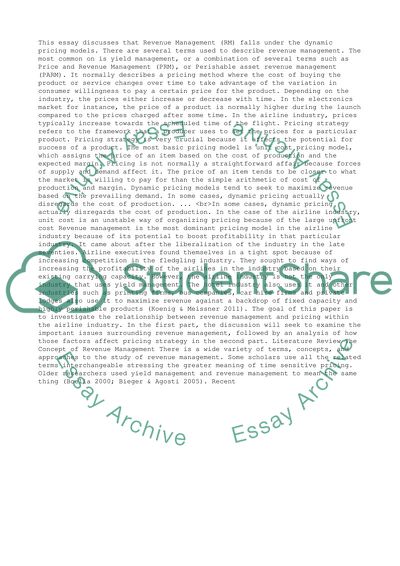Cite this document
(“The Relationship between Revenue Management and Pricing Strategies in Research Paper”, n.d.)
Retrieved from https://studentshare.org/management/1396616-the-relationship-between-revenue-management-and
Retrieved from https://studentshare.org/management/1396616-the-relationship-between-revenue-management-and
(The Relationship Between Revenue Management and Pricing Strategies in Research Paper)
https://studentshare.org/management/1396616-the-relationship-between-revenue-management-and.
https://studentshare.org/management/1396616-the-relationship-between-revenue-management-and.
“The Relationship Between Revenue Management and Pricing Strategies in Research Paper”, n.d. https://studentshare.org/management/1396616-the-relationship-between-revenue-management-and.


